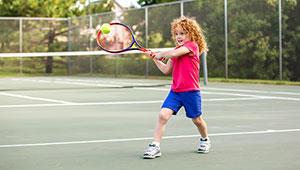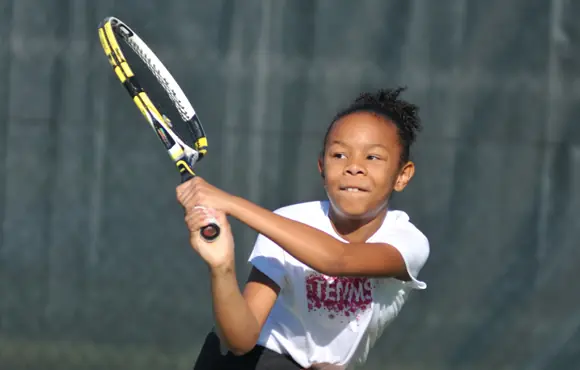Both the National Strength and Conditioning Association and the American Academy of Pediatrics state that youth strength training can be safe and effective if a competent coach supervises and demonstrates proper form.
Isn't there a risk that growth plates will be damaged?
Many parents and coaches are hesitant to begin strength training with young athletes for fear of damaging the bones and possibly stunting growth. The fact is that no growth plate fractures have been documented in athletes who engage in a resistance-training program that follows the two guidelines listed above.
The risk of injury to the growth plates can be further minimized if players do not lift heavy weight over their heads or attempt to lift extremely heavy weights. Growth plate injuries should be taken seriously because they can happen. However, with proper care the risk can be almost eliminated.
Does strength training work for young players?
Yes, it does. Most people believe that testosterone (a steroid produced naturally in the body) is necessary to build strength. However, resistance training helps to improve motor control and strength by "teaching" muscles how to work together in a coordinated manner, which leads to improvements in strength without an associated gain in muscle mass. Some other benefits of youth strength training are:
- * Improved strength and coordination
* Increased bone density
* Improved self-image and self-confidence
* Potential to prevent injuries
What exercises are appropriate for young players?
Probably the best way to introduce athletes to strength training is to start with body weight exercises. These exercises use the athlete's own body weight as the resistance. These exercises can include push-ups, pull-ups, sit-ups (crunches, bicycles, etc), "supermans", body weight lunges and squats, and step-ups.
Players can also use stretch tubing to perform shoulder internal and external rotation exercises to train the muscles that make up the rotator cuff and rowing exercises to train the scapular muscles that also control shoulder movement.
The benefits of these exercises are several fold. First, this type of exercise is inexpensive and easy to implement. Second, these exercises strengthen the core muscles of the body (the core is defined as the muscles surrounding the body's center of mass--namely the abs, lower back, and hip musculature). The core muscles stabilize the body and it is important to develop a solid strength base in these muscles before progressing on to more advanced exercises.
- 2
- of
- 3









Discuss This Article